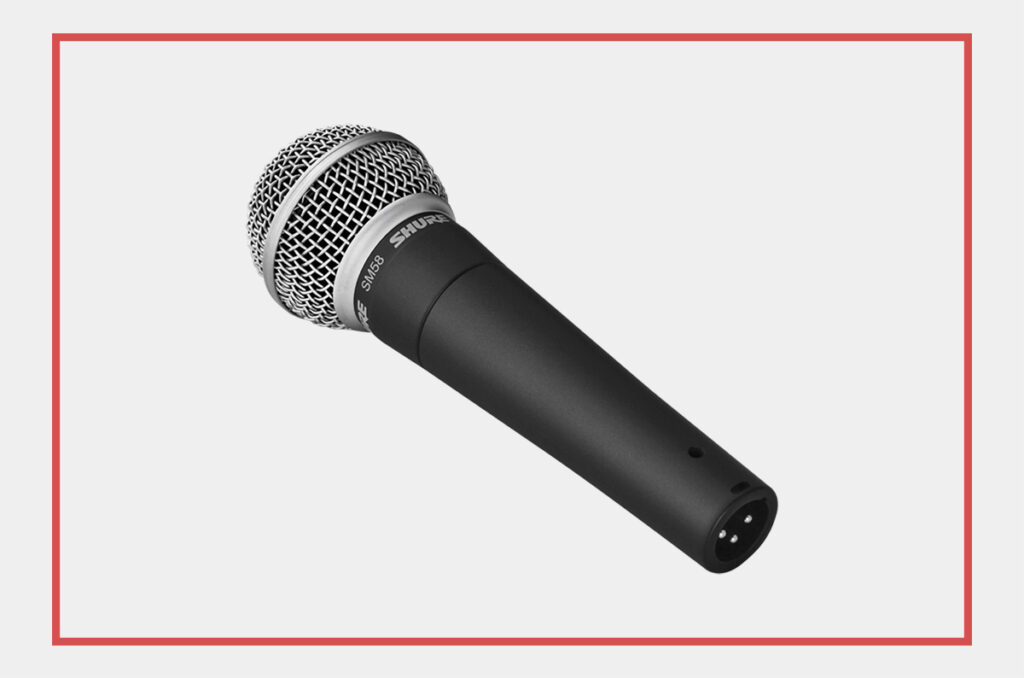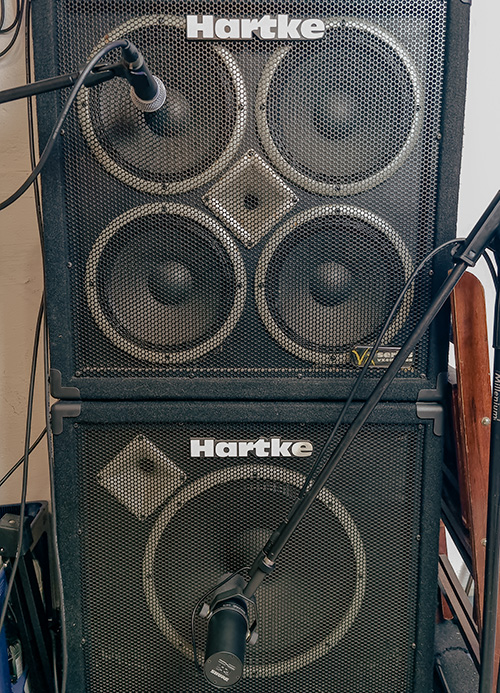The Shure SM58 has been known for decades as one of the most reliable and versatile microphones on the market. It has established itself as an indispensable companion for musicians, event technicians and sound engineers, and is now a staple on stage and in the studio.
It is considered the standard microphone for singers at live concerts because the voice sounds incredibly good and natural through this microphone. Every singer knows the sound of their own voice through the Shure SM58, so you really can't go wrong with it live.
What makes the Shure SM58 so legendary?
There are 4 main features of this microphone that account for its longstanding success and popularity:
- Robustness: The SM58 is known for its exceptional durability and ruggedness. It is designed to withstand bumps, drops, and harsh conditions, making it ideal for stage use. I've even seen 40-year-old Shure SM58s that looked extremely worn, but still sounded like new.
- Sound quality: The Shure SM58 offers incredibly good sound quality with a clear and precise reproduction of the voice-so good, in fact, that this microphone is sometimes used for vocal recording in the studio. Its cardioid polar pattern helps to minimize unwanted background noise and focus on the main source.
- Versatility: The SM58 can be used not only for vocals, but also for instruments and voice-over recordings - more on this later. This versatility is why the SM58 is used in so many different musical environments.
- Price-performance ratio: Despite its high quality, the Shure SM58 is extremely affordable - it costs only 109€. This makes it accessible to professional users as well as hobby musicians and sound engineers.
It's most commonly used for vocalists, of course, but the SM58 has so much more to offer than meets the eye. Here are 5 surprising and lesser-known uses for the Shure SM58 that will help you realize the full potential of this legendary microphone.
1. The Tchad Blake method for drum recordings with 1 microphone
Developed by music producer Tchad Blake, this method allows you to record entire drums with a single microphone, or record them live. An SM58 is placed directly over the bass drum and aimed at the snare drum. This adds a natural balance and spaciousness to the music without the need for multitrack recording.
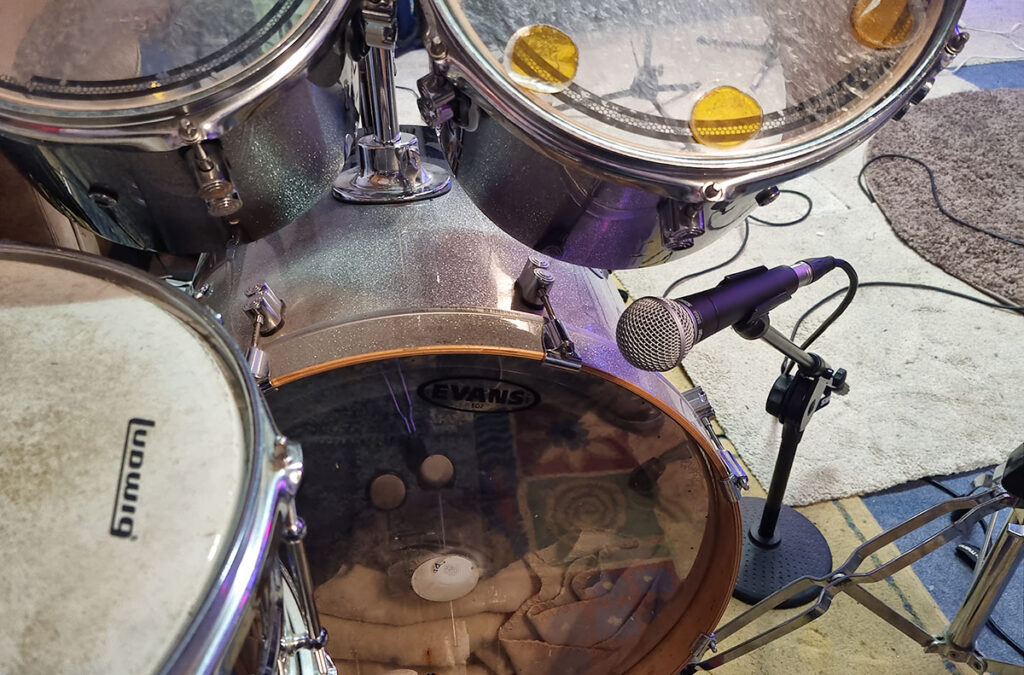
Admittedly, the bass drum sounds a bit weak with this setup. This is because the SM58 is not very strong in the very low frequencies. This can be easily remedied with a low boost EQ (except for the bass drum, no other drum sounds that low, so you can just add some gain in the 100-200Hz range.).
The advantage of this method is that there are no phase problems because only one microphone is used. If you position the microphone cleverly, you don't have to worry about the drum mix later, because the recording is already "mixed".
The downside, of course, is that the drums sound in mono rather than stereo - but that can be a positive if you're looking for a vintage sound (the Beatles often used 1-microphone techniques for drum recordings).
2. As an additional microphone for bass amplifiers
I really like using a Shure SM58 for bass recording. Of course, I usually use a large diaphragm mic for my bass amp, but I always add an SM58 to mix that track into the mix later.
This gives the bass an extra boost in the midrange, which is very nice and makes the bass cut through the mix. And you have a lot of options later in the mix to combine the two tracks to get different timbres for the bass.
Phase problems rarely happen because the two microphones are so different - but you should still make sure and listen carefully to see if this is really the case.
It can be nice to use both microphones in different cabs to get a wider frequency response.
But you can also place both microphones directly next to each other in front of the same cabinet to record only the sound of this cab with two different timbres - then the frequency response is not quite as wide, but you still have many combination possibilities for the bass sound.
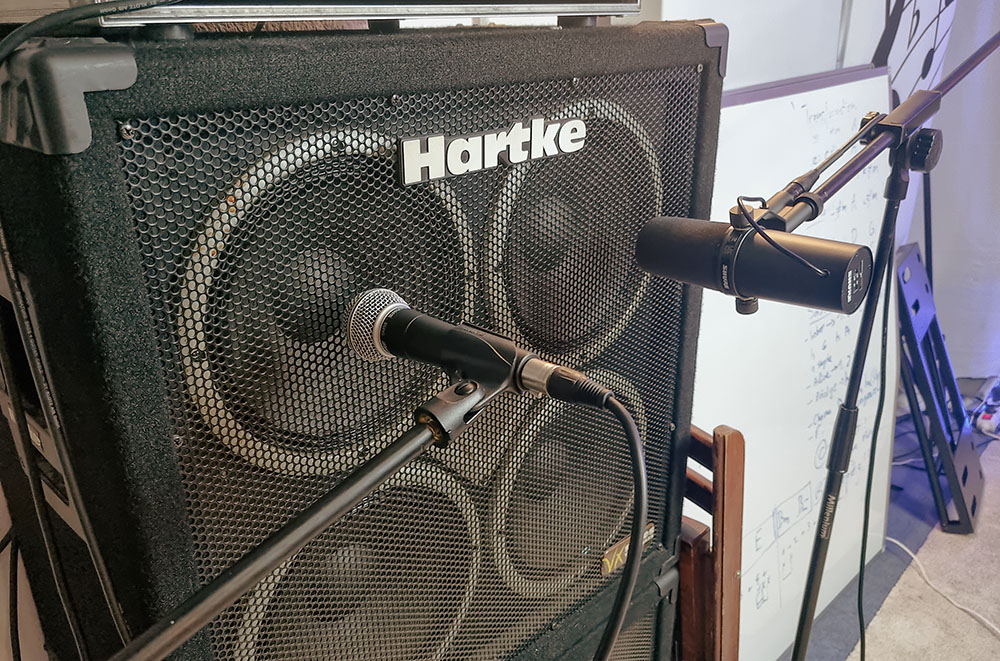
3. For guitars and guitar amplifiers
Most people already know this, but in case you don't, the Shure SM58 is the exact same microphone as Shure's SM57, just with a different capsule. The SM58 capsule reduces breath noise and acts as a pop shield, but that's about the only difference. Other than that, both microphones sound the same.
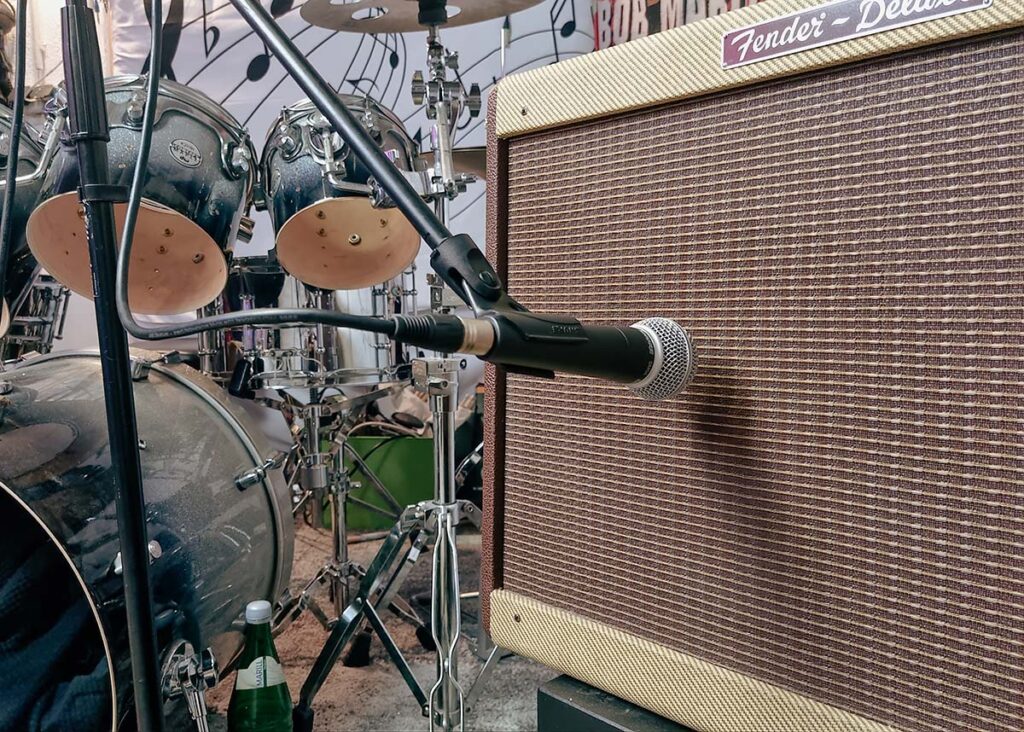
This allows the Shure SM58 to be used anywhere an SM57 would normally be used: guitar amps, acoustic guitars, snare drums, percussion, brass, etc. It sounds great on any of these audio sources - just like the very popular SM57 (for instrument recording).
The SM58 is especially popular for guitar amps, as there are often more SM58s than SM57s on stage.
4. As a trash mic
In this technique, a Shure SM58 is placed directly over a drum kit (in addition to any other standard drum mics) to give the drums a lo-fi character. This mic is then usually heavily compressed and only lightly mixed into the overall mix.
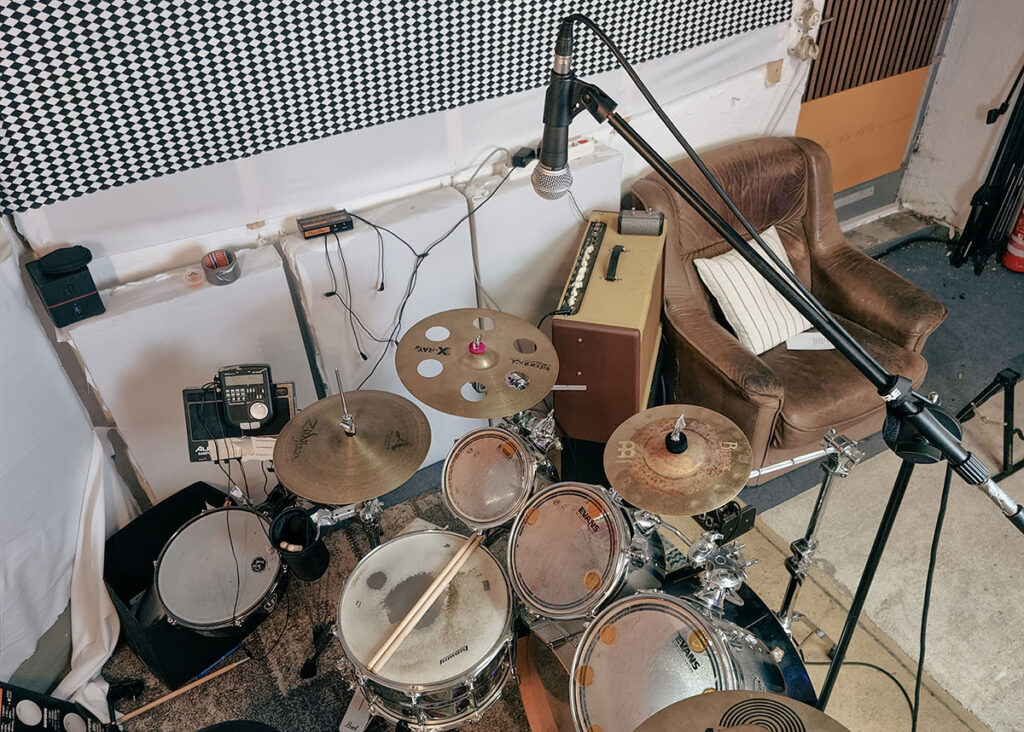
This creates a somewhat "cheaper" sound, which can be very appropriate in many situations, such as punk or rock concerts or recordings. The intensity of this "effect" can be easily controlled by turning this mic track up or down.
By the way: You can also use effects like phaser, Flanger or distortion on this track. Since this track is only meant to complement the character and is not of central importance, you can be a bit more wild with the effects.
5. Multiple SM58s for vocals to create a spatial sound
When recording vocals in the studio, you can set up two Shure SM58s, one directly in front of the singer - as usual - and one further away, but still facing the musician. Then you can mix the two mics together as you wish (watch for phase problems) to get a spatial sound.
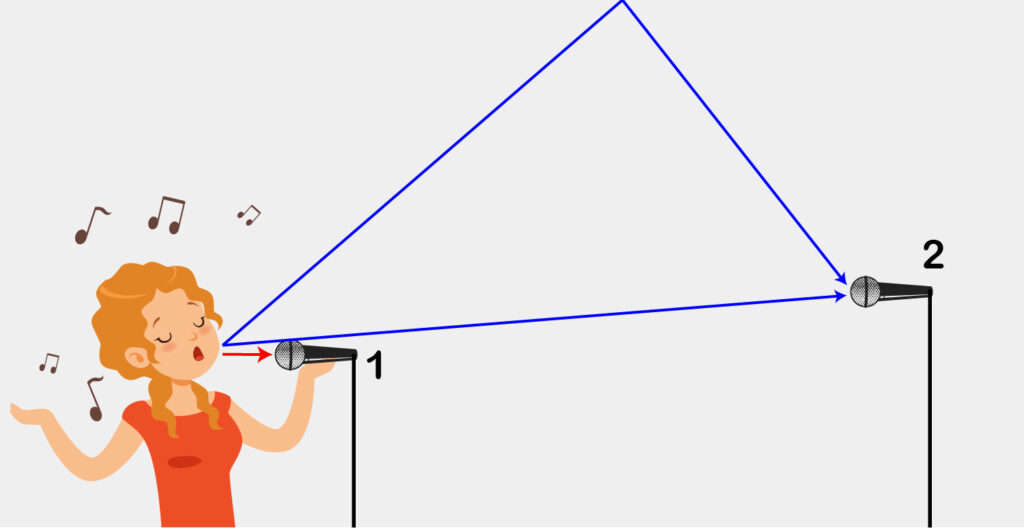
This works like a natural reverb: The distant microphone track acts like the wet mix control of a reverb effect. The louder this track, the farther away the voice sounds.
This can be very useful for psychedelic or epic effects. You get a unique sound that is hard to imitate. Tony Visconti used this technique on David Bowie's Heroes, using a total of three microphones in combination with a noise gate to create a natural reverb effect that only kicked in when the voice reached a certain volume.
Extra: As a hammer
The Shure SM58 is so rugged that some music producers and sound engineers joke that you can use it as a hammer if necessary. Of course, I would never use this microphone as a hammer, nor would I advise anyone to do so - this is just a joke among engineers to demonstrate the ruggedness of this microphone.
The following video shows how robust and indestructible this microphone is.

By loading the video, you accept YouTube's privacy policy.
Learn more
Conclusion
At this point, it should be clear to everyone why this microphone is the best-selling of all time. I have one of these in my studio and two Shure SM57s, which are practically the same thing. They are used over and over again and are a kind of "Swiss knife" for all kinds of recording situations. And on professional stages, there are usually at least 10 of them, miking all kinds of instruments and vocalists.
Price: 109 €, Link: Thomann





